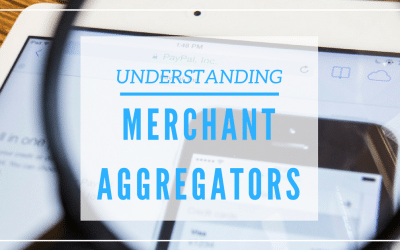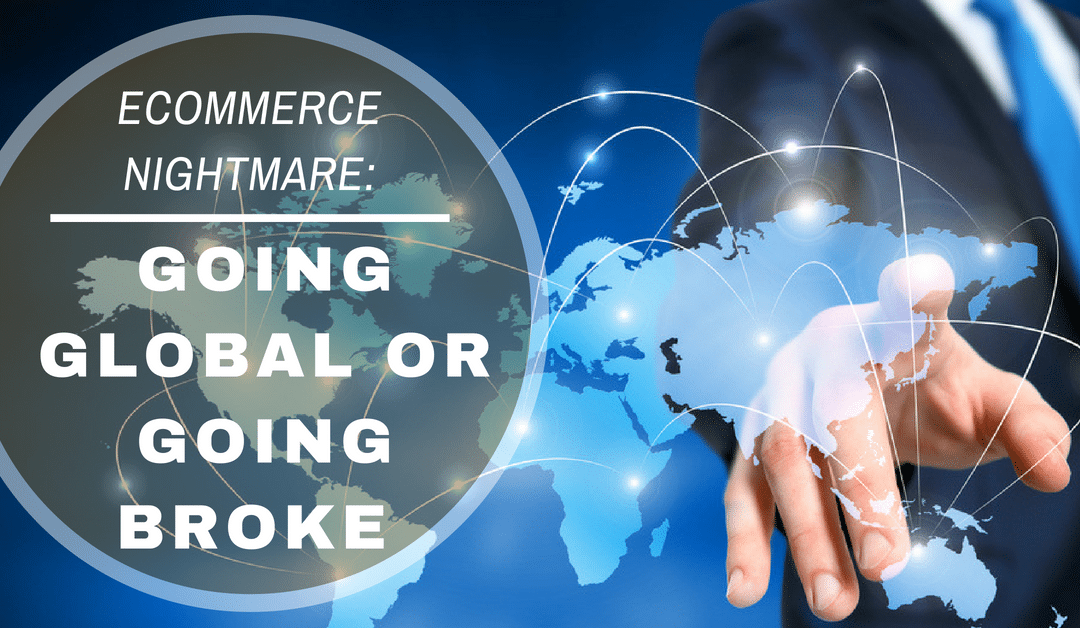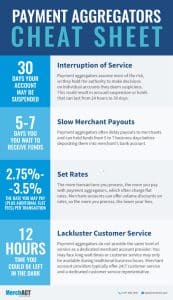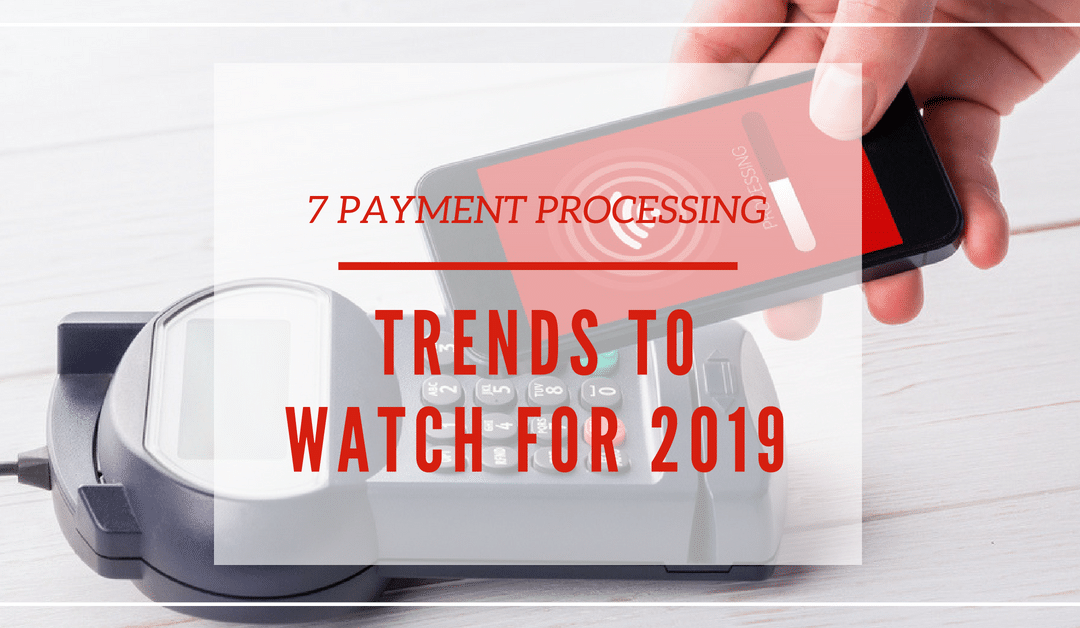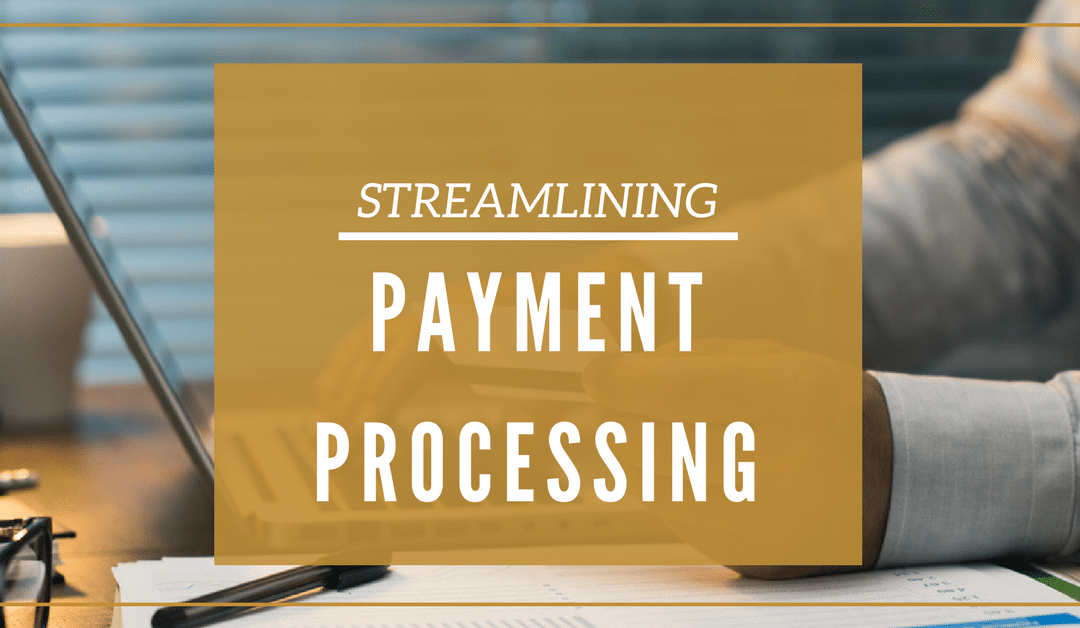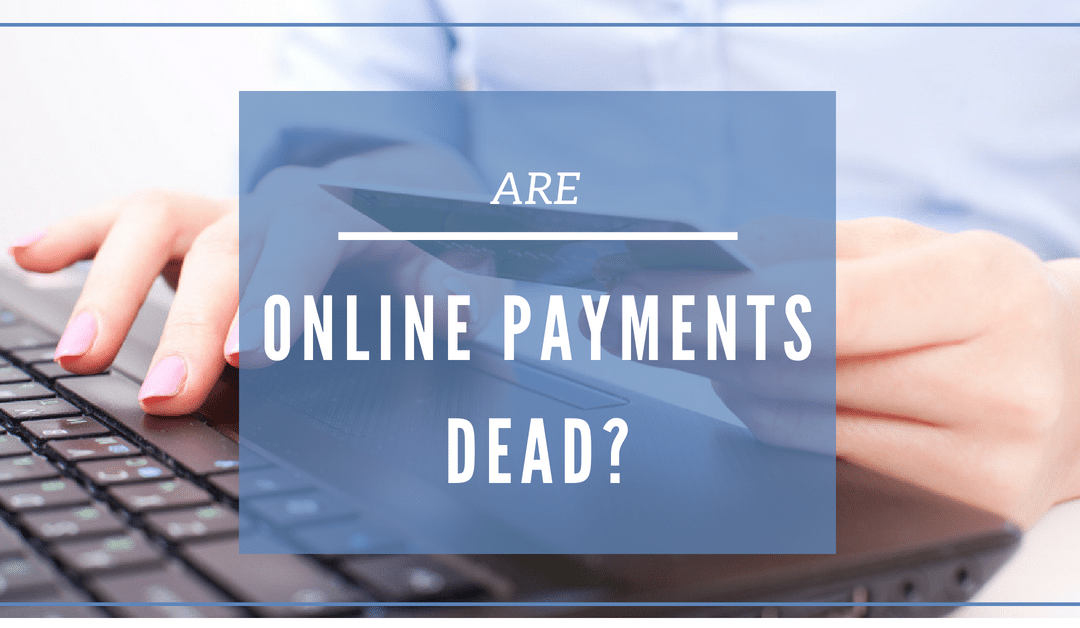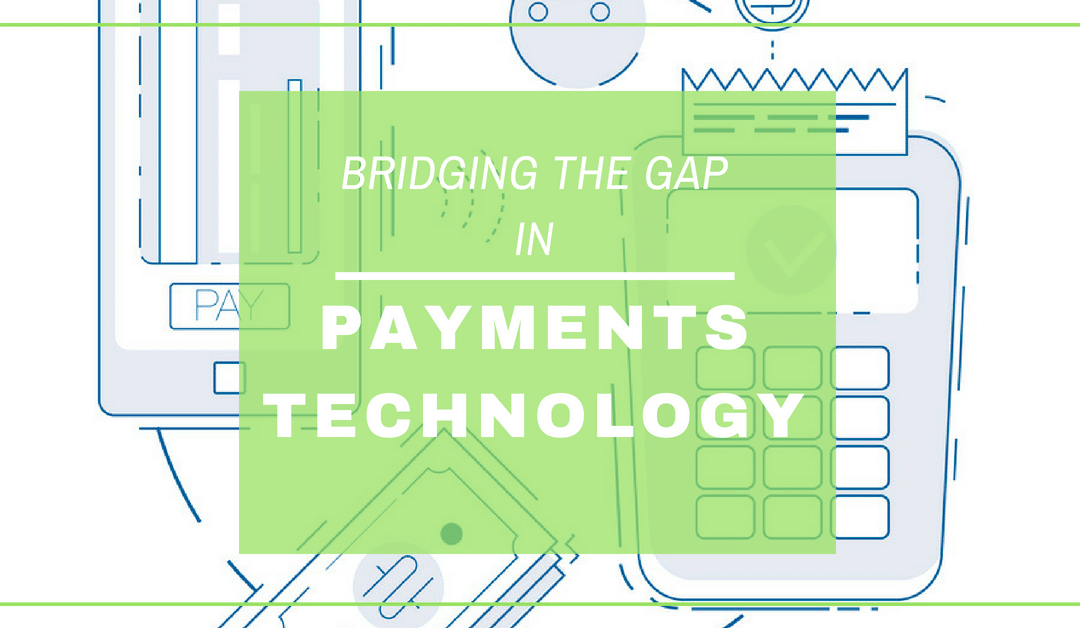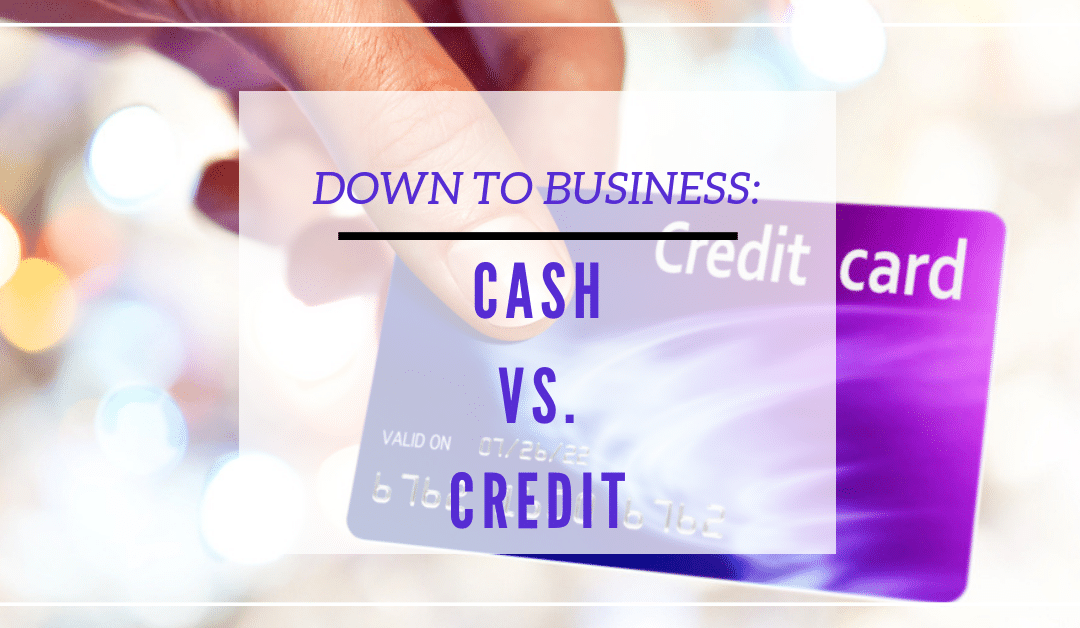Are you planning to launch a new eCommerce business? What an exciting, busy time it will be — if a bit scary.
Of course, if you’re a veteran of online merchant gigs, you’ve no doubt learned a thing or two about launching and building an eCommerce business.
But have you learned enough to find early success with your new venture? Like are you au fait with payment processing… including the benefits of merchant account providers vs processing aggregators?
You’re determined to choose wisely — to support your business needs now, and beyond the heady launch days.
American comedian Eddie Cantor said, “It takes 20 years to make an overnight success.” But does it really? Perhaps by understanding your payment processing choices, and choosing wisely to support your unique needs, it won’t take that long.
Let’s take a look at what merchants need to know about merchant account providers vs processing aggregators.
Key Terms — A Very Good Place to Start
Defining key terms helps ensure we’re on the same page.
- Merchant Account Provider (MAP): Payment processors that help merchants attain their own — individual — merchant accounts at acquiring banks. Without a merchant account agreement (between the merchant and a bank), businesses cannot accept payment cards to sell goods or services.
- Processing Aggregator: Also called payment aggregator, or simply an aggregator, these services utilize their merchant accounts to process payments for many, many merchants — who don’t require bank approval, and face very little scrutiny. Well-known aggregators include PayPal, Stripe and Square.
Processors of either type act as middlemen between merchants and payment card companies. They send transaction data (like payment card number and purchase amount) to the card networks’ interchange, to be routed to customers’ issuing banks for approval.
Approved and settled transactions result in money being deposited via the funding process into the related merchant account, to be paid eventually into the merchant’s business bank account.
Every Business Choice Brings Pros, Cons, and a Few “Gotchas”
When seeking to make your merchant account providers vs processing aggregators choice, pay attention to the pros and cons of each. With many choices available, what matters is what’s best for your business.
So be sure to identify your requirements, growth plans, and what you care about most. Don’t simply take the easy route. If you’re concerned about business longevity, do your due diligence and choose carefully.
Pros and cons — and “gotchas” to watch out for — of merchant account providers vs processing aggregators include:
Start Up Process: Aggregators represent a low entry barrier. With almost no scrutiny applied to merchants’ personal credit histories or business plans — no application fees — and relatively easy implementation, new merchants can be up and running very quickly.
Because little scrutiny is applied to applicants, the mix of merchants using processing aggregators carries a higher risk for fraud than most merchant account provider portfolios, leading to another issue…
Account Stability: Unfortunately, the primary aggregator reaction to suspicious activity or irregular transaction behaviors is to:
- Hold your funds for up to 180 days, and/or
…Often without warning.
So yes, landing your own merchant account means a lengthier application process because bank underwriters perform due diligence to understand your business plan, personal credit history, and industry focus before approving your application.
But once approved, you’ll see fewer interruptions to your payment processing. And merchants will be notified if unusual activity occurs — rather than waking up to a frozen or terminated account.
Customer Service: This is the least appreciated aspect of the aggregator business model. PayPal finally added “live” customer support capabilities after years of complaints about slow, ineffective email support. Now, merchants who don’t want their calls to languish in a queue purchase “Enhanced” or “Premium” support services ($159 or $459 per month). Stripe and Square offer only email support. Their merchants complain about slow response times too.
Funding: Did you notice the use of eventually above? Well, when you process with an aggregator, the monies earned flow into the aggregator’s merchant accounts, not directly to the merchants who made the sales. Merchants may need to request their funds from an account portal, following a set schedule (PayPal). If merchants want their money more quickly, they can request it and pay an extra fee.
Aggregators may take up to a week to transfer the money you earned (minus their fees) to your business bank account, whereas a merchant account provider transfers gross funds within 1-2 business days and bills merchants monthly to collect processing fees.
Processing Costs: Aggregators’ rates are fixed for all merchants. Easy to understand, the rates include a fixed percentage of each transaction amount, plus a flat fee. For example, one aggregator charges 2.9% plus $0.30 per transaction. Note that aggregators are also adept at creating and charging additional fees for services often provided at no extra charge by MAPs.
On the other hand, merchant account providers offer more competitive pricing because they tailor rates to each business, sometimes offering very competitive rates.
Aggregator fixed rates work well for startups that process few transactions, but become quite pricey as businesses grow. Not only that, but processing aggregators enforce low processing limits. Exceed the limit, and risk account termination.
So merchants wanting to grow their businesses quickly — and without harsh limits — will find their interests better served by merchant account providers vs processing aggregators.
Only you can decide which better serves your needs, merchant account providers vs processing aggregators. Just remember that your business success is at stake when you make your choice.
Conclusion
When you need an eCommerce payment solution that both saves your money and gives you peace of mind, look no further than PayArc.
Our mission is to bridge the gap between online merchants and payment solutions — for all types and sizes of merchants.
PayArc’s industry leading payment processing solution gives you all the tools you need to start accepting payments online, while lowering your risk to fraud and giving you some of the lowest rates in the industry.
We leverage strong industry relationships… developed over decades in the payments industry… to help you land an individual merchant account so you can start processing payments quickly and securely.
PayArc wants to act as your payments advisor and consultant, not only your processor. Because you have a business to run… Our business is to help you run it better. Why not start processing with PayArc today?
Trackbacks/Pingbacks
- Top 6 Considerations Your Mobile App Payment Gateway | PayArc – […] is often the least appreciated aspect of the payment aggregator business model, along with funding timeframes and account stability.…
- How to Use Expert Payment Solutions to Grow Your Meal Prep Business | PayArc – […] enough about payments, to get past start-up and survival, then on to success? Like why a landing a merchant…
- Card Brand Fees 101: Understanding Network Access and Brand Usage (NABU) Fees | PayArc – […] the money charged for card brand fees goes to the card (VISA, for example), the credit card processor doesn’t…
